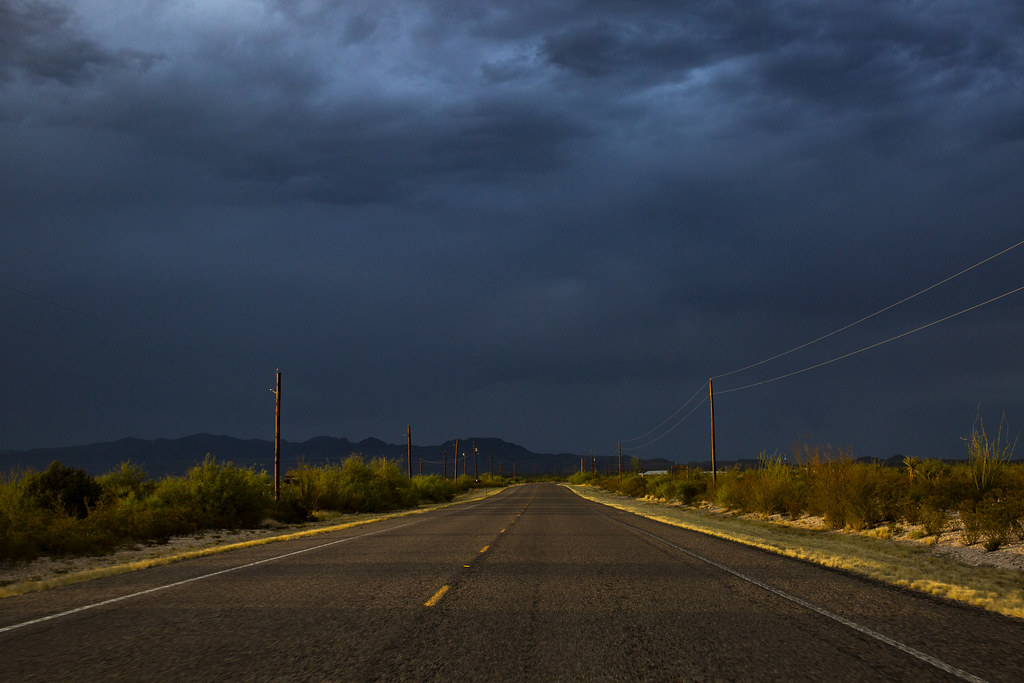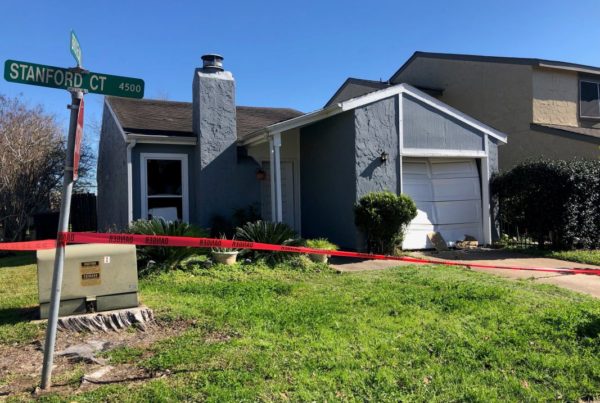Many Texans likely have a basic idea of how oil and gas is produced. The fuels are extracted from the ground and trucked to plants where they’re refined. But many people may be less familiar with the extraction waste, or “brine,” that is trucked away as part of that process.
Brine, a salty substance, is sent to treatment plants or injection wells where it’s then shot back into the Earth. It’s also radioactive, and Justin Nobel’s recent story in Rolling Stone details how little those who transport this material are told about its risks, and how little regulation there is when it comes to moving the radioactive substance.
Nobel says brine occurs naturally, along with oil and gas.
“This material comes to the surface. It has a high salt content. It also, though, has toxic heavy metals, and it can have high levels of radium,” Nobel says.
Levels of radioactivity vary by the region from where the brine comes, Nobel says. Brine from the Marcellus Shale formation in the Appalachian Basin, for example, has very high rates of radioactivity. Brine from Texas’ Permian Basin can also be toxic.
But drivers who transport brine don’t know much about what’s in their trucks.
“Drivers are often told they’re hauling water; maybe they’re hauling saltwater,” Nobel says. “They are not told they’re hauling radioactive materials. And the reason that matters is they’re not appropriately protected from radioactive materials.”
Nobel says trucks carrying radioactive material can travel near schools, reservoirs and homes, unregulated and unlabeled.
Drivers complained to Nobel of symptoms like numbness, joint pain and severe headaches.
“We don’t know if this is connected to radioactivity,” he says. “It would be fantastic if certain health agencies would start examining this issue.”
Brine and other oil and gas waste aren’t classified as hazardous waste because of an exemption to the 1970s-era law that regulates how hazardous materials can be transported, Nobel says.
“Even though … there [are] concerning materials in oil and gas waste – even though there’s uranium, even though there’s toxic heavy metals – oil and gas waste has received a non-hazardous classification.”
Written by Shelly Brisbin.














